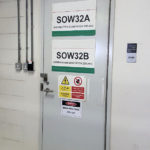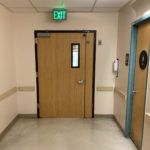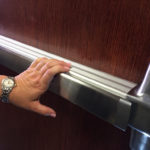QQ: Gasketing Requirements of NFPA 101
Last week, I updated the Decoded article on smoke door requirements of the IBC, and I was asked to update this NFPA 101 post as well. There were not many changes in the 2021 edition of the Life Safety Code, but here is the revised post.














































